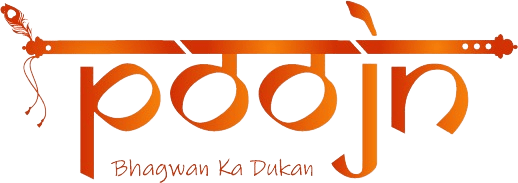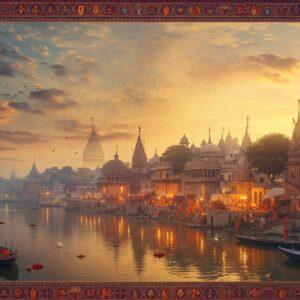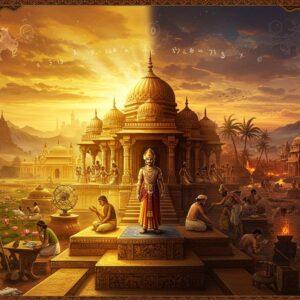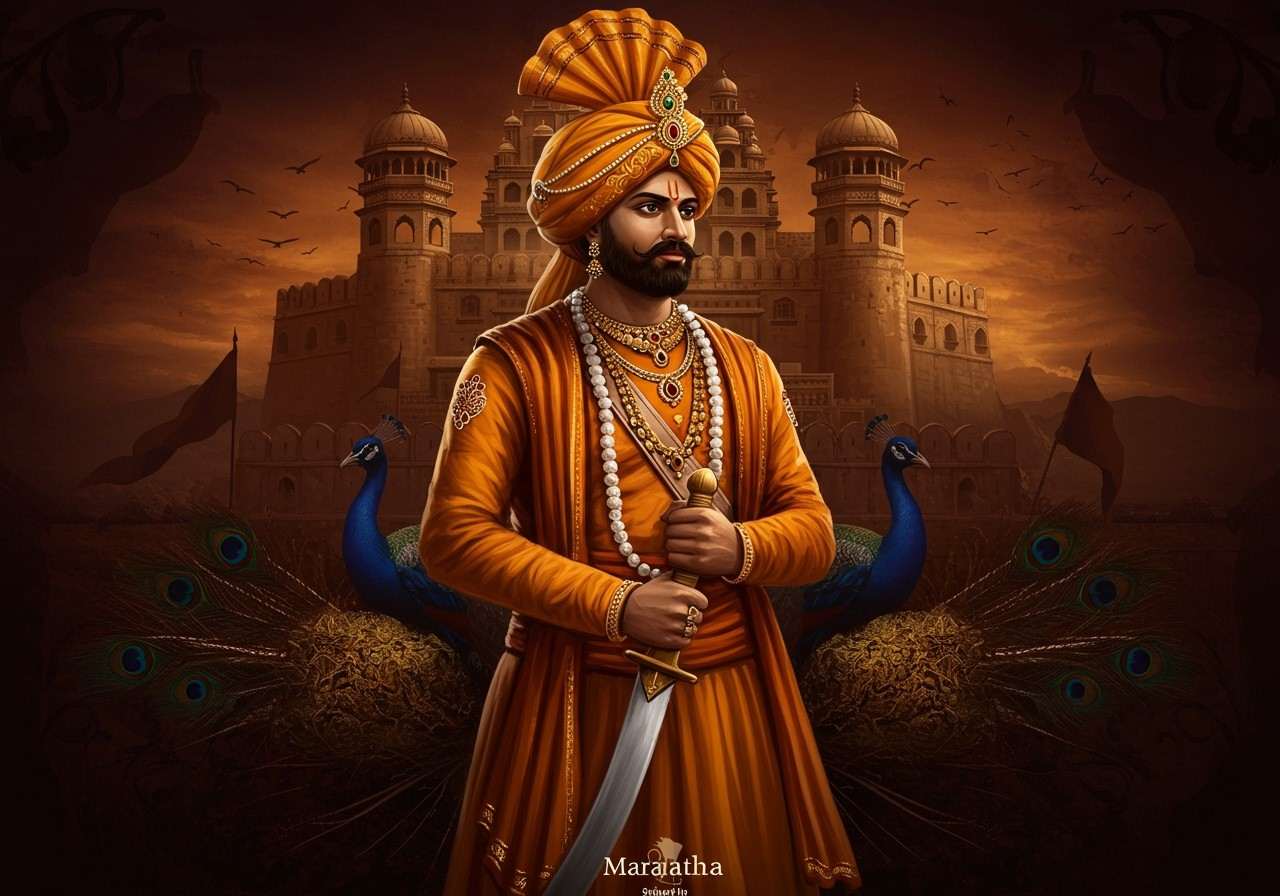
In the vast and colourful story of India, there are chapters that fill our hearts with pride. The period from 1718 to 1819 is one such golden era—the age of the Marathas. As the mighty Mughal Empire began to fade, a new power rose from the soil of Maharashtra, a power built on courage, strategy, and a deep sense of dharma. For those of us who cherish our roots and traditions, understanding the journey of the Maratha Empire is like connecting with the very soul of our land. It’s a story of incredible expansion, complex politics, and an undying spirit that continues to inspire us.
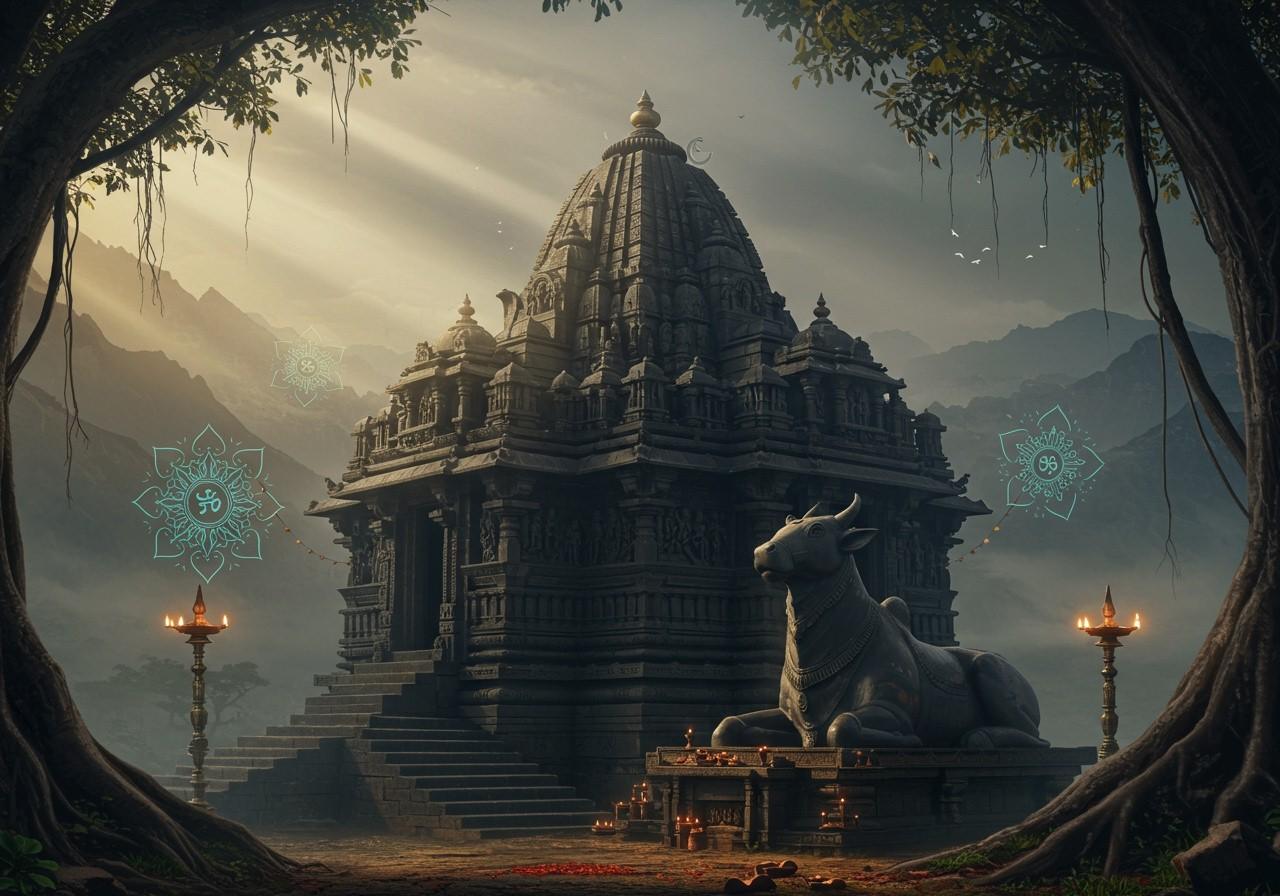
The Heart of the Empire: Governance and Strategy
The way the Marathas managed their vast empire was truly remarkable for its time. It wasn’t just about winning battles; it was about building a system that could last. At the centre of this was a unique structure that balanced central authority with regional autonomy. This system allowed them to expand rapidly while keeping the administration effective. You might wonder how such a large empire was held together. It was a combination of brilliant leadership and a well-thought-out administrative framework.
- The Peshwas at the Helm: The real power shifted to the Peshwas, who served as hereditary prime ministers starting with Balaji Vishwanath in 1713. From their seat in Pune, they became the de facto rulers, providing a single point of leadership and guiding the empire’s destiny with great political skill. The Chhatrapati, the king, remained a revered figurehead.
- A Confederacy of Leaders: The empire was designed as a confederacy, a brilliant way to manage a diverse and expansive territory. Powerful Maratha chiefs like the Scindias of Gwalior, the Holkars of Indore, the Gaekwads of Baroda, and the Bhonsles of Nagpur managed their own regions. This gave them the freedom to govern locally while remaining loyal to the central Maratha cause.
- Mastery of the Seas: The Marathas understood the importance of naval power. Under legendary figures like Kanhoji Angre, the Maratha navy was a formidable force on the western coast. They protected our shores, controlled vital trade routes, and often challenged the might of European colonial powers, ensuring our sovereignty at sea.
Military Might and Grand Expansion: A Story of Valour
The early 18th century was a time of breathtaking expansion for the Marathas. Their story is one of strategic brilliance and unmatched bravery. It began with key alliances, like the Treaty of Lonavala in 1714, where Peshwa Balaji Vishwanath secured the support of the naval chief Kanhoji Angre, strengthening their hold on the Konkan coast.
This was just the beginning. By 1719, the Marathas marched all the way to Delhi, a clear sign to everyone that a new power had arrived. They even had a hand in deposing the Mughal emperor Farrukhsiyar. Their influence spread like wildfire, and by 1737, the Maratha saffron flag flew over a vast territory stretching from Gwalior in the north to the eastern shores of Orissa. This was the peak of their power, a time when they were the undisputed masters of the subcontinent.
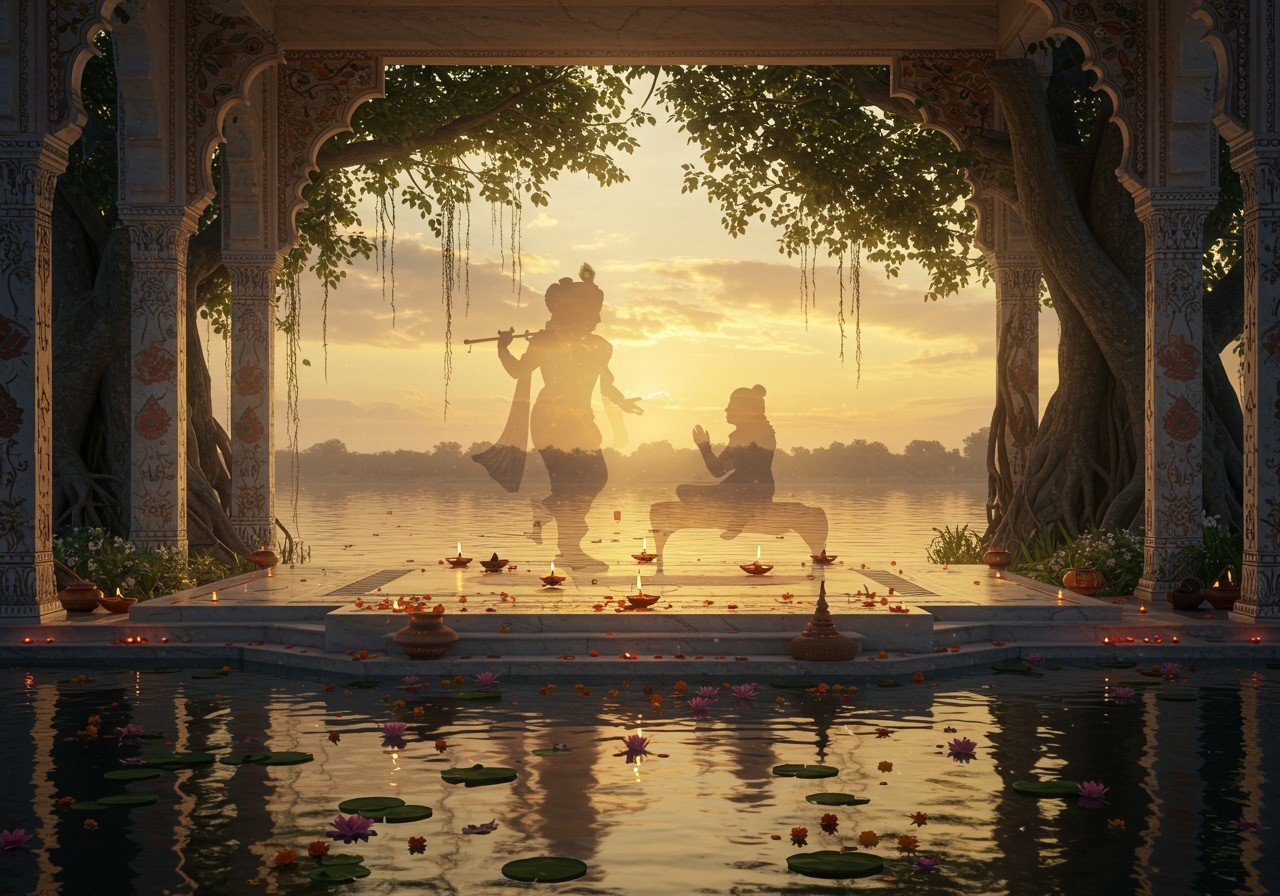
The Turning Tides and Final Stand
Every great story has its challenges. For the Marathas, a major turning point was the Third Battle of Panipat in 1761. The defeat against Ahmad Shah Abdali was a severe blow. It exposed vulnerabilities and led to a great loss of life and leadership, weakening their hold over North India. This battle is remembered in our history as a moment of immense tragedy and sacrifice.
Following this, internal conflicts began to surface. After the death of the capable Peshwa Madhavrao I in 1772, rivalries among the chieftains grew, weakening the central authority. This internal strife made them vulnerable to an emerging power—the British. The series of Anglo-Maratha Wars that followed were fiercely fought, but the final conflict from 1817–1818 led to the end of Maratha independence. The Peshwa was exiled, and their heartland came under British rule, marking the end of a glorious era.
Connecting with Our Glorious Past in Today’s World
While we read about this glorious past, many of us feel a deep desire to connect with these traditions in our own lives. The rituals, the faith, and the values that were central to the Maratha way of life are still a part of our heritage. At Poojn.in, we understand this heartfelt need to keep our traditions alive with authenticity and devotion.
We bring you a carefully selected range of items that help you perform your puja and rituals just as they have been for generations. We believe that connecting with our past enriches our present. If you wish to bring home items that resonate with the spiritual practices of that era, we are here to help. For instance, the worship of Lord Shiva was central to the culture, and having a sacred representation in your home can bring immense peace.
Explore our collection of authentic puja items, like this beautiful Marble Dust Shiva Lingam. For daily rituals, we offer everything you need in our Dashakarma Items section. Let Poojn.in be your trusted partner in this beautiful journey of faith and tradition.
The Enduring Spirit of the Marathas
Though the Maratha Empire eventually fell, its legacy is immortal. The Marathas were not just warriors; they were also great patrons of art, culture, and regional languages, especially Marathi. Their contributions have left a lasting impact on our society. The forts that stand tall in Maharashtra still echo with tales of their valour. The spirit of resilience, unity, and unwavering determination shown by them continues to be a source of immense inspiration.
Reflecting on this era reminds us of a time when courage and strategy shaped the destiny of our land. It is a testament to the dynamic and rich tapestry of Indian history. Their story is our story, and by remembering it, we honour the sacrifices and achievements that have made us who we are today.
